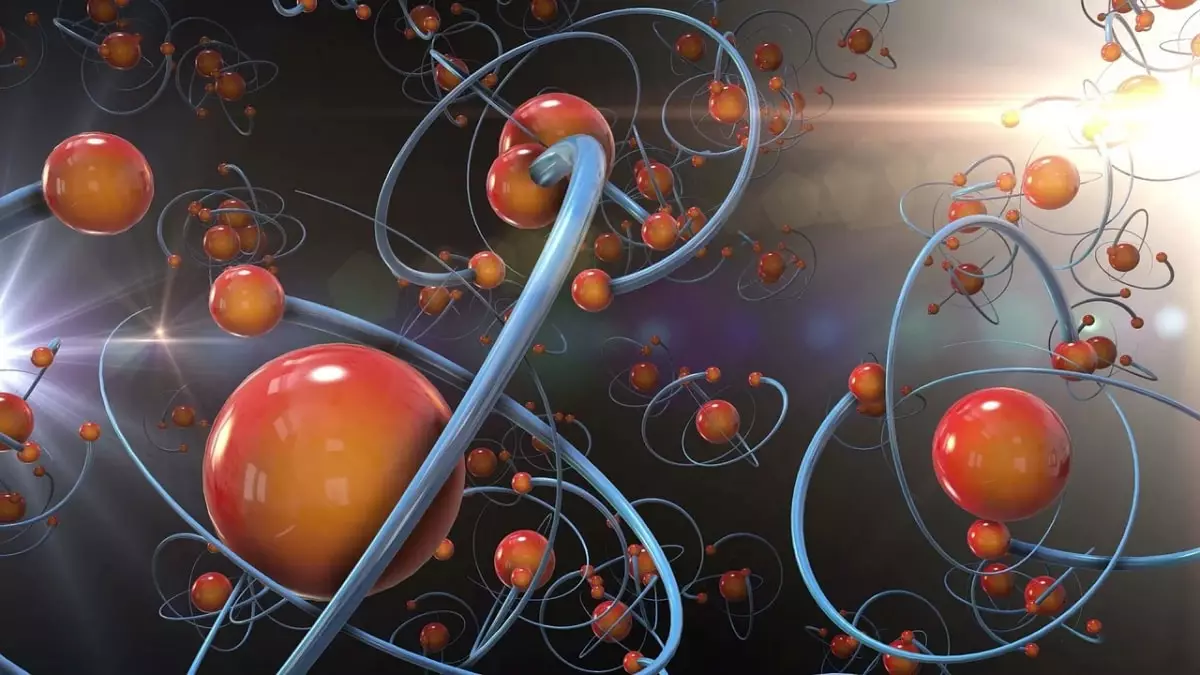The quest to understand the origins of life extends far beyond the confines of Earth, prompting scientists to investigate the cosmos for clues about how organic molecules—essential precursors to life—have manifested throughout the universe. Current research, powered by ambitious missions such as ESA’s Rosetta and NASA’s Osiris-Rex, has unveiled a fascinating tapestry of organic compounds scattered across various celestial bodies. These findings hint at an astounding possibility: the constituents of life may have been circulating in the cosmos long before our planet came into existence, reshaping our understanding of life’s emergence in a broader, universal context.
Recent discoveries indicate that organic molecules are not confined to Earth or its immediate surroundings. A compelling illustration comes from the Rosetta mission, which explored comet 67P/Churyumov-Gerasimenko and identified 44 distinct organic molecules, including glycine—a fundamental amino acid. Such molecules are being recognized as representations of life’s foundational chemistry existing in the cold expanses of interstellar space. This prompts a reevaluation of the conditions necessary for life; rather than being an isolated phenomenon, the building blocks may be a universal constant found amidst the stars.
The case of asteroids, particularly those examined by missions like Japan’s Hayabusa2 and NASA’s Osiris-Rex, further emphasizes this notion. Analysis of samples from asteroids Ryugu and Bennu has unveiled a treasure trove of organic materials, uncovering tens of thousands of compounds. Researchers such as Philippe Schmitt-Kopplin have posited that these findings may indicate that all necessary ingredients for life are already distributed throughout the solar system, awaiting the right conditions to coalesce into something more complex.
Understanding how organic molecules are synthesized in space leads to insights into their potential for life’s emergence. These molecules form predominantly through two noteworthy pathways: combustion-like reactions in the turbulent lives of dying stars and the chemical synthesis that occurs on icy grains within molecular clouds. In these frigid environments, radiation and cosmic rays can interact in ways that foster the creation of complex molecular structures, including methanol.
Remarkably, the formation of simple molecules like glycine under such cosmic conditions demonstrates the potential for molecular complexity to arise before the birth of planetary bodies. These substances are nothing less than vital components, seeding the young solar system with the necessary elements to support future biological activity.
Protoplanetary disks—vast regions of gas and dust surrounding newly formed stars—are critical arenas for the evolution of organic chemistry. The Atacama Large Millimeter Array (ALMA) has detected an array of organic compounds, including methanol, within these disks, accentuating their role in the nurturing of life. Computational simulations suggest that these organic materials endure through the chaotic formation processes of planets, not merely surviving but adapting and evolving. This continuity of chemical evolution may ultimately unlock new habitats conducive to life.
The prevalence of organic compounds across the universe has profound implications for astrobiology, proposing that we might not be alone in the cosmos. These compounds could act as biosignatures—indicators of life—on distant worlds. Future explorations, exemplified by missions like NASA’s Dragonfly to Titan, aim to scrutinize organic habitats like hydrocarbon lakes and thick atmospheres, affirming the quest to uncover signs of life beyond our home planet.
Overall, the insistent emergence of organic molecules from disparate celestial environments underscores an inspiring premise: that life’s ingredients are not confined to Earth, but rather are a fundamental aspect of the universe. This perspective fosters hope that life, in all its forms, could potentially exist elsewhere, waiting to be discovered amidst the cosmic wilderness. Such revelations compel a deeper exploration of the cosmos, inviting us to ponder the myriad possibilities of life’s persistence beyond Earth.

